Test: the SFR Rio quad skates
The SFR Rio quad skates are the best-selling traditional skates in Great Britain, thanks to their disco looks. Let’s see what they are made of!
Par alfathor
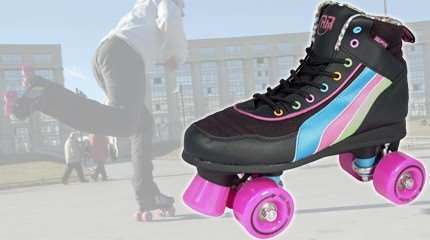
Impressions
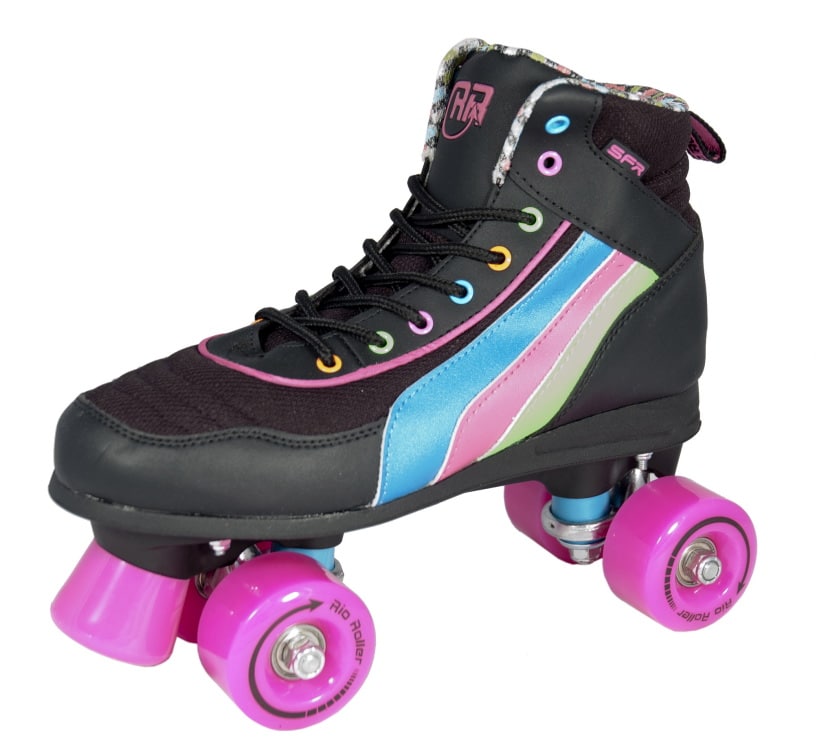
Description
The SFR Rio have an unquestionable Eighties looks. The flashy colors of the boot, green/pink/blue/black as well as its candy-pink wheels bring us back to the Disco era. Even the plate cushions are blue! The inside liner was also accordingly designed with pink/green/white checks.
Unlike its colleague, the Cosmic (see the test of the Cosmic on OLS), the Rio is for use by the general public and destined to recreational street skating. The manufacturer advises these skates for beginners with small budget who wish to discover quad skating. Still according to the manufacturer, the SFR Rio would be the best-selling traditional skate in Great-Britain.
Boots
It is made of a black outsole, thin but rigid. The boot is made of breathable material (mesh). The ankle is quite high but unfortunately not very rigid; it lacks support. The boot sizes big (very big) and narrow: it was a good size too big compared to our usual size. We have also noticed that the front of the foot is laterally quite loose. As a conclusion, it is soft! The ankle is not well supported unlike with a set-up with a football shoe, with which the whole foot is tightly supported.
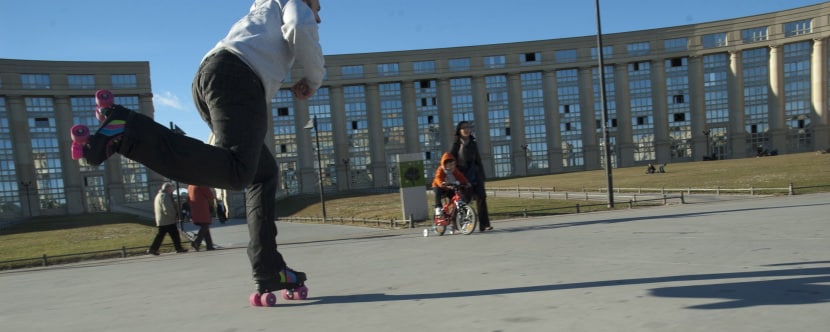
Le serrage
The fastening of the SFR Rio is only based on laces. It could have been more efficient if the structure of the boot had been more rigid, but even in tightening to the max, the foot is still loose.
Comfort
Just like its brother the “Cosmic”, the Rio has a narrow inner sole which tends to move in the boot when skating. You’ll have to replace it with a larger and more ergonomic one, better adapted to skating.
Frame
The plate is a classic Fiberlite. It will suit very well for an introduction and for occasional street skating.
Wheels
SFR equipped the Rio with rather small (58 mm) and rather hard (82A) wheels for an outdoor use. Yet, they have a better grip than those of the Cosmics. If you want to keep a similar diameter, we’d advise you to choose more polyvalent wheels (for example the mythical Krypto CR59 or the Route 59). You can also opt for bigger wheels, for example 62 mm, in order to gain in comfort and rolling.
Bearings
The brand equipped its skates with ABEC 7 set bearings. They offer not much resistance a good rolling, and there’s nothing much to say. Let’s see how they evolve with time (rain, shocks, etc.) The fact that they are set is an important detail as it means that they cannot be dismantled. On the other hand, it also means that the dirt will not enter as easily and that the maintenance will be limited.
Finishing
The finishing is neat on the whole, although you can notice some material excesses here and there. But the gluing is good, the seams are neat and the design is quite elaborate. There are three different colors, according to your tastes (photos below). Last but not least, let’s note that the centering of the plate is good.
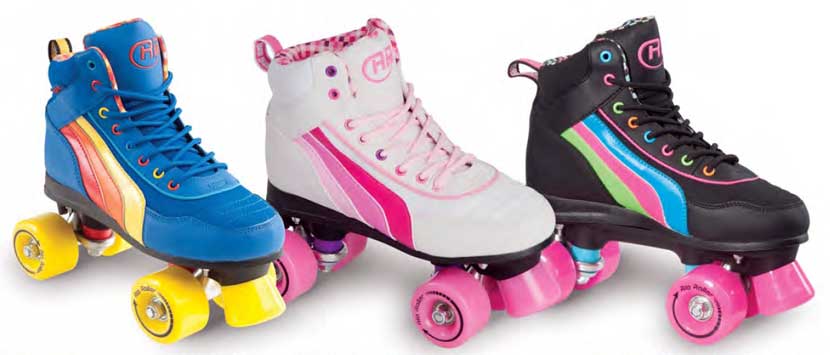
Conclusion
For only €65, these skates are destined to the introduction to quad skating and perform their function pretty well. They will suit most beginners but they will find their limits if you want to evolve later. During our tests, we regretted that the shoe was too soft, which makes you lose energy and gives you the feeling of being on a rail because it’s hard to turn. It would be interesting to compare the Rio to Decathlon quad skates, for example, which have a harder shoe and bigger wheels.
As a conclusion, let’s go street skating! With such colors, no doubt that you’ll go to London for a RollerDisco!
Strong points and points to be improved
 |
Pluses+ A very attractive price |
 |
Minuses– The lack of lateral support of the shoe |
Technical facts
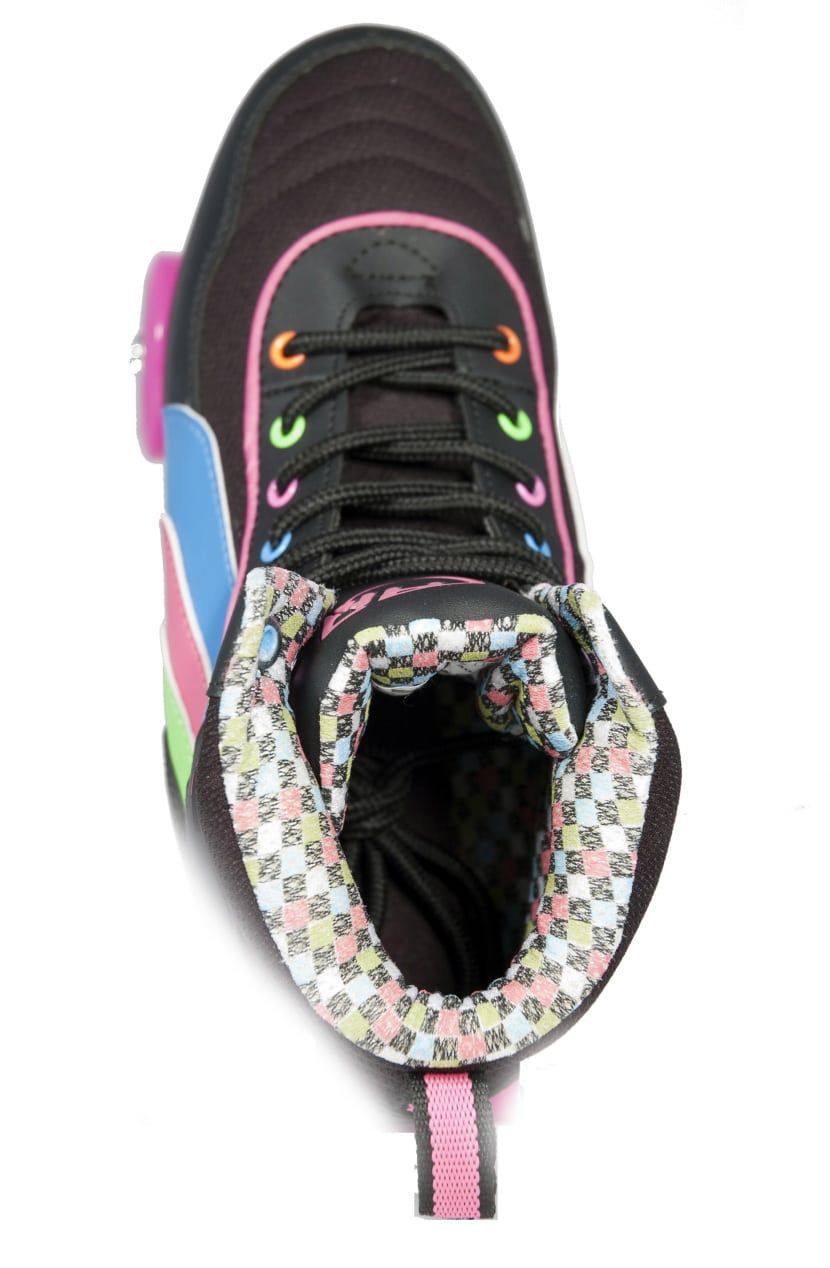 Brand: SFR
Brand: SFR
Model: Rio
Year: 2011
Boot: a semi-rigid ankle shoe with a disco looks
Fastening: laces
Sizes: 2-4 UK (junior) and 6-9 IK (adult)
Frame: Polypropylene Hi Impact plate with aluminum trucks
Wheels: 58 mm x 32 mm PU Cast 82A
Bearings: ABEC 7
Weight: 1340 g
Public price: €65
Recommended use: introduction to street skating with traditional skates
Photo gallery
|
|
|||||
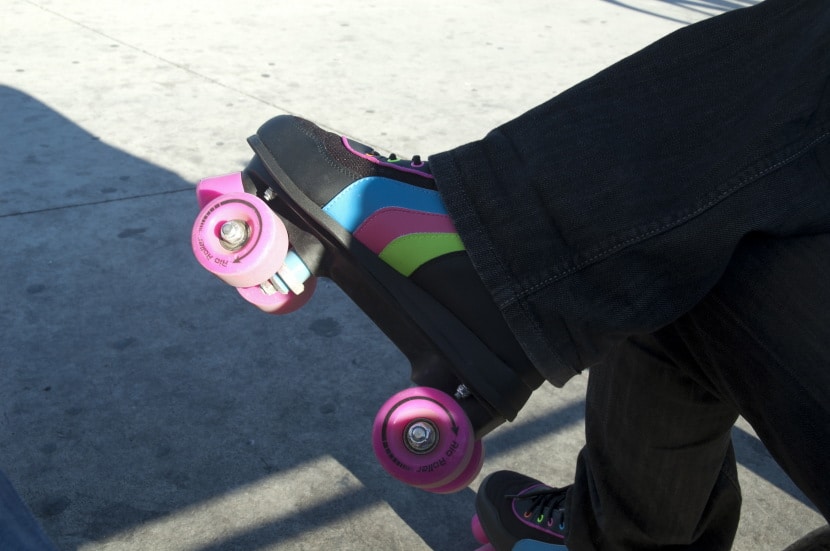 |
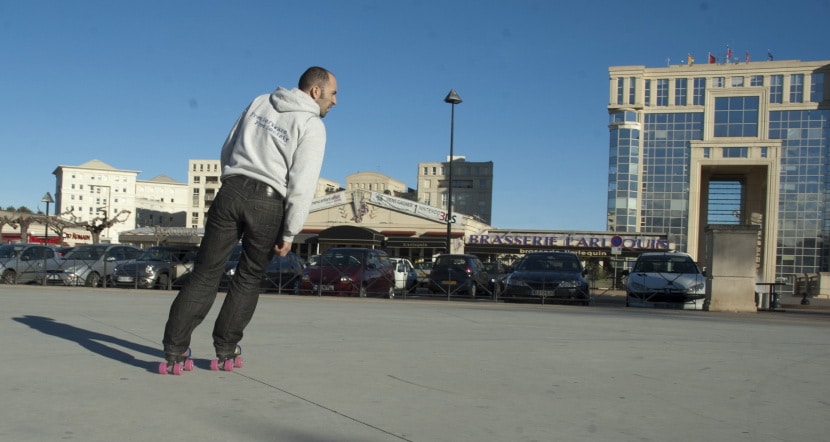 |
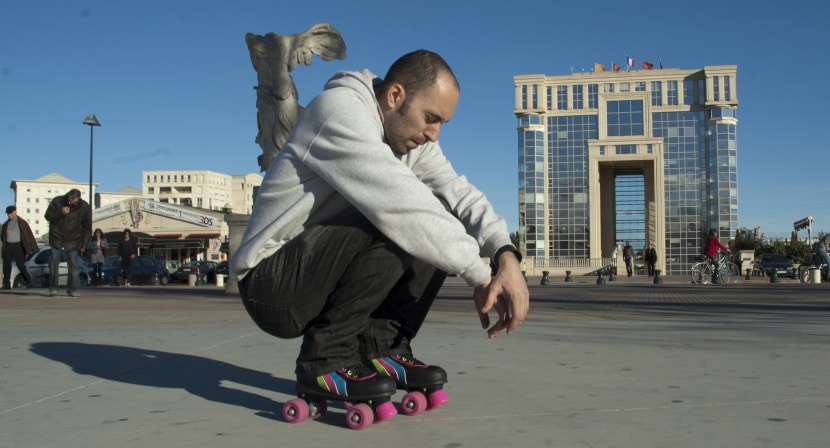 |
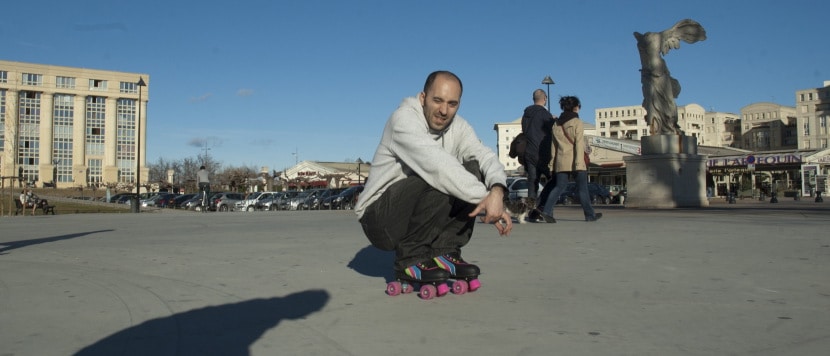 |
 |
Useful links
Test: the SFR Cosmic quad skates
Customized quad skate: Salomon FSK / Diker plate
Anatomy of a pair of quad skates
Translated by Chloé Seyres
Photos: Alfathor

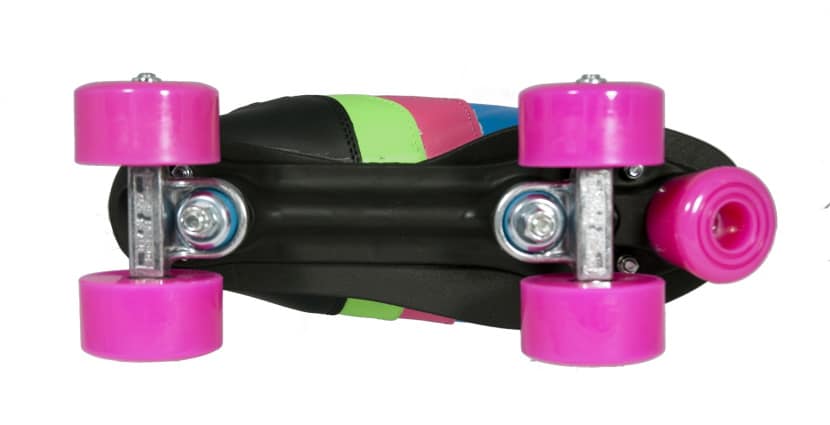
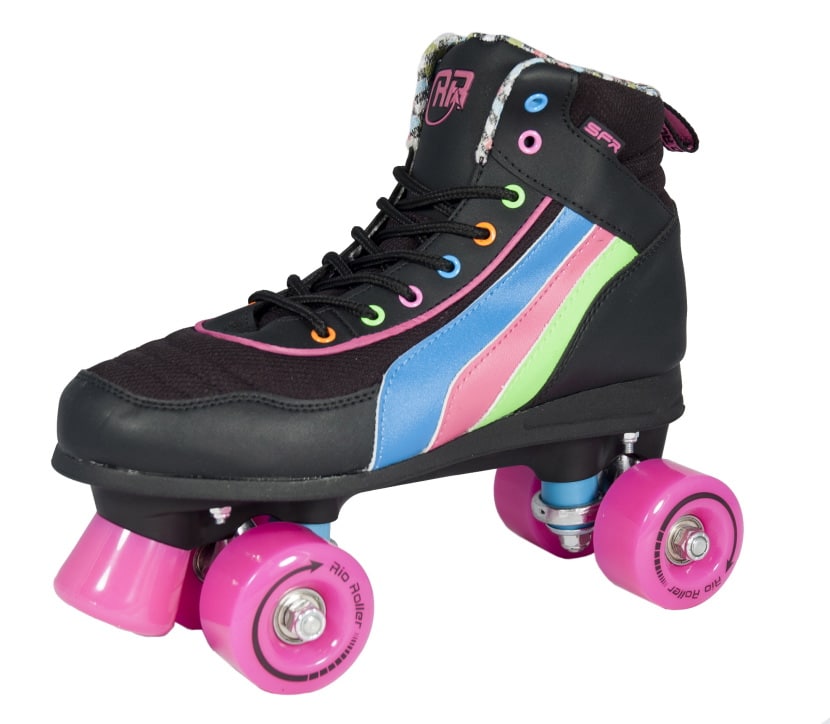
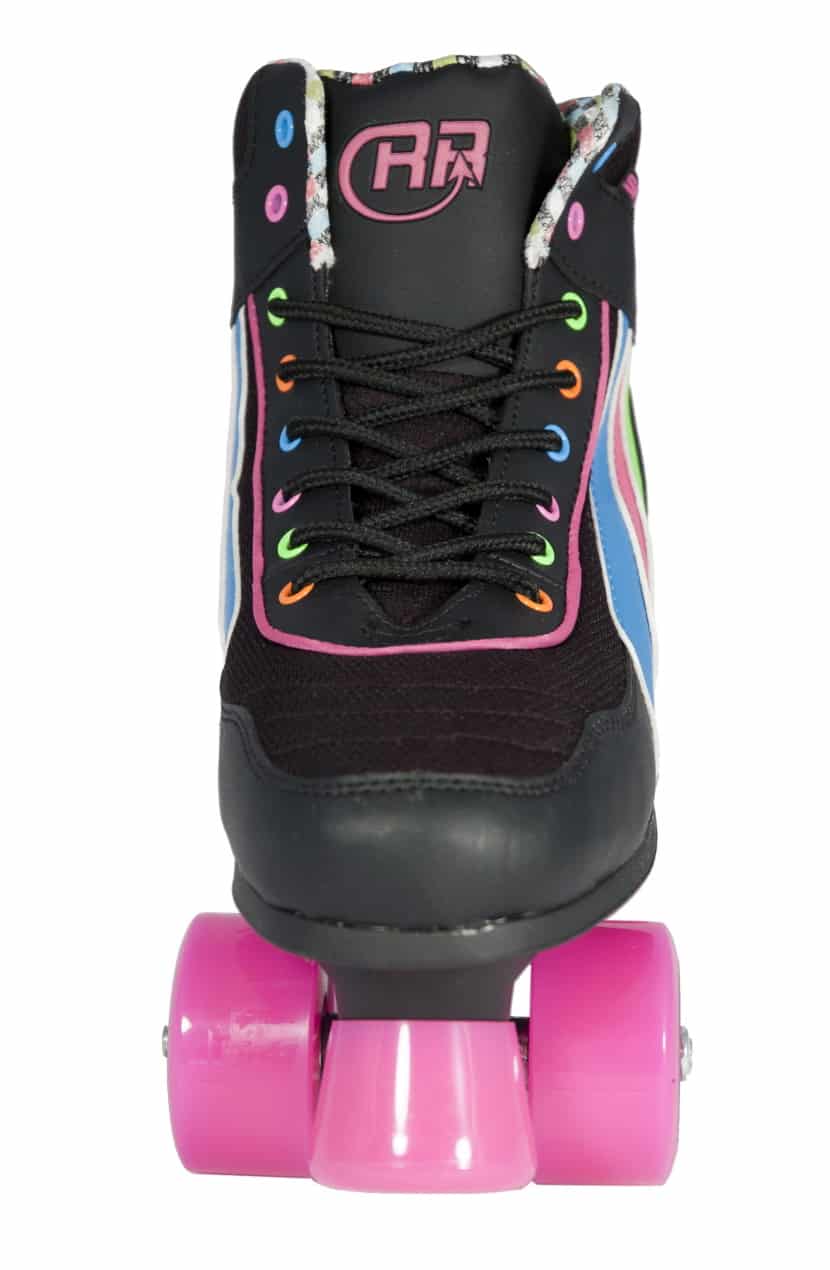
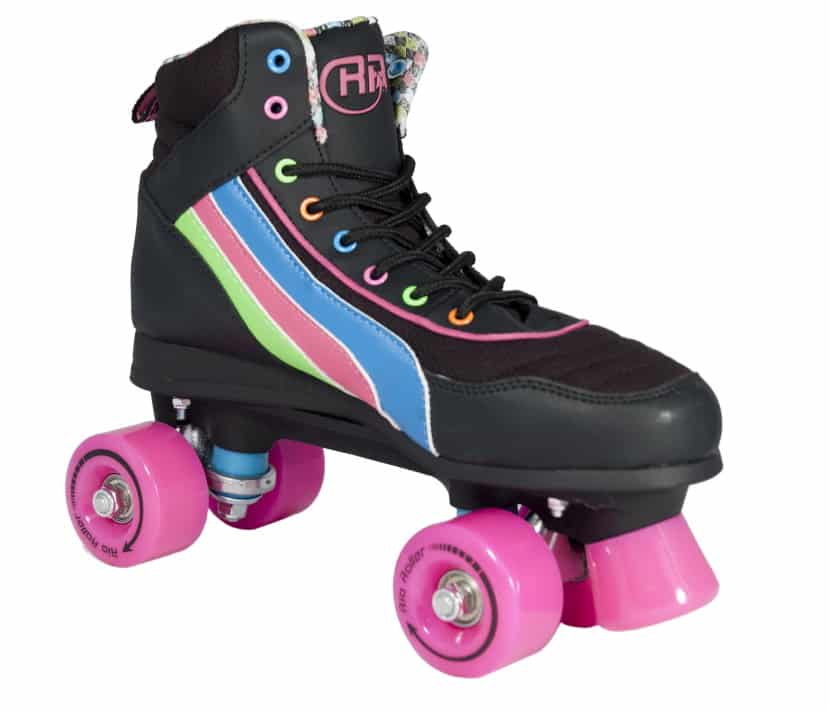
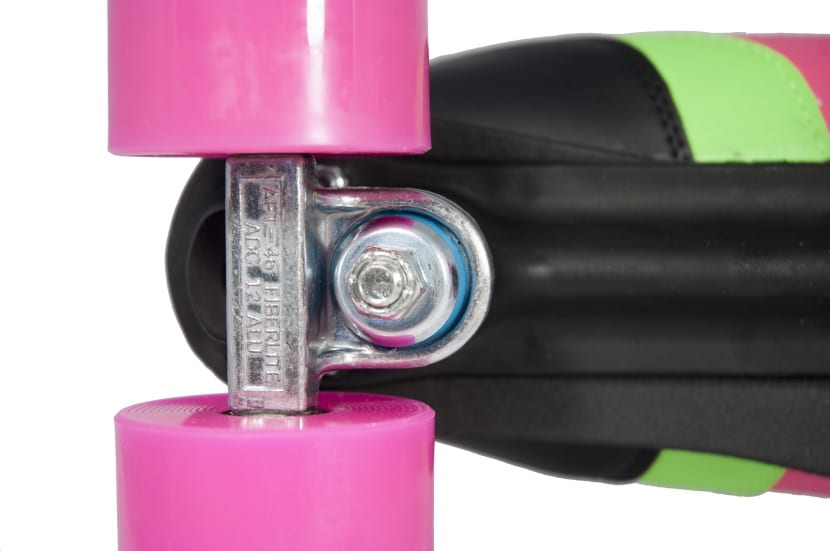
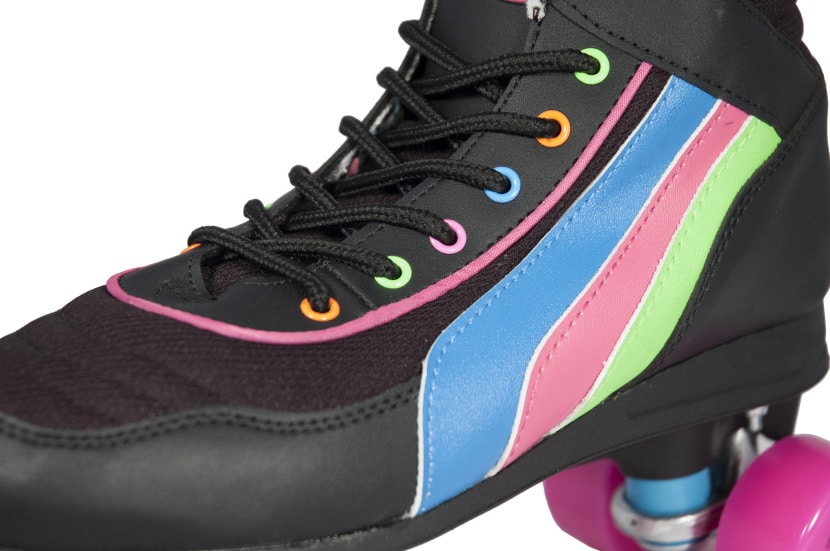
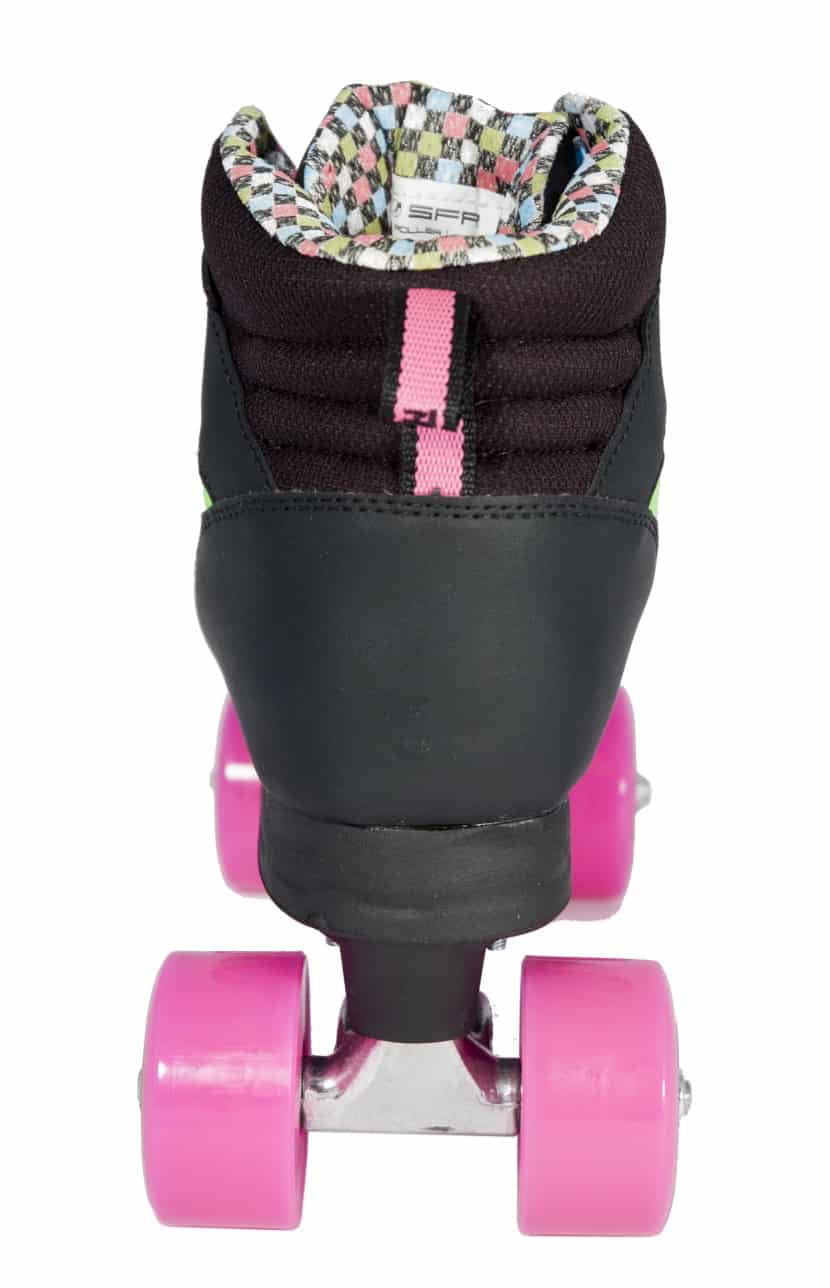
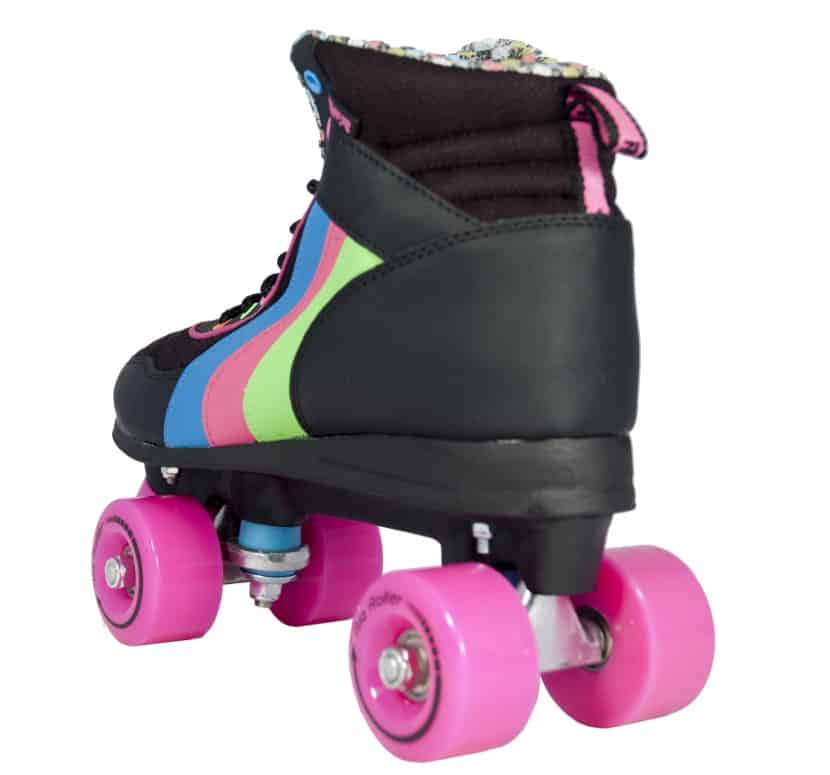
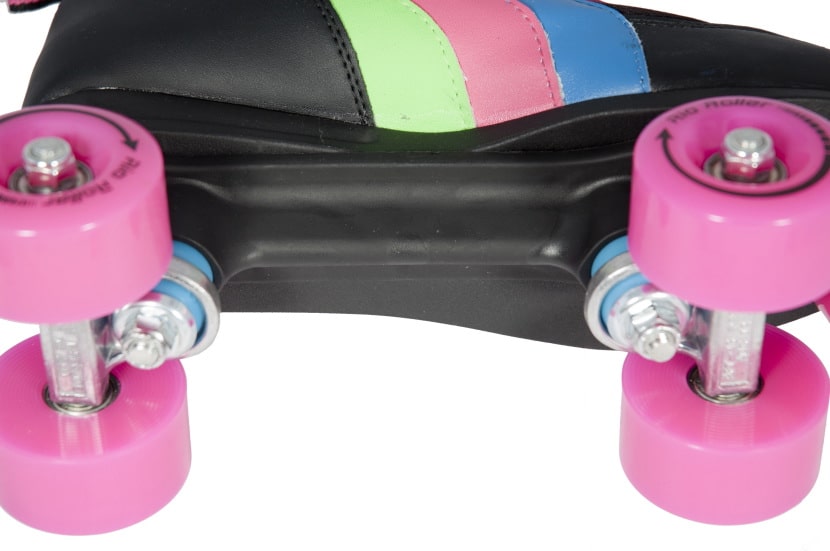
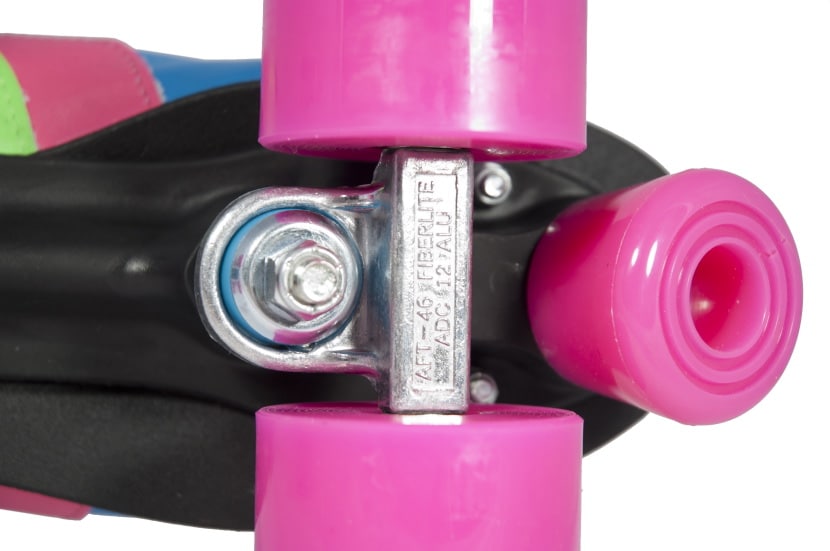
Mark
12 décembre 2012 at 19 h 11 min